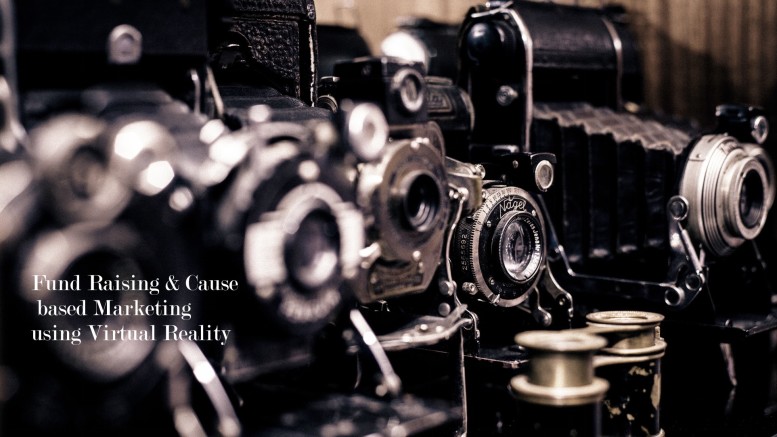The end of the calendar year can be a bonanza for non-profit organizations looking to raise small and medium-sized gifts to round out their fundraising numbers. Baby Boomers and Seniors are typically very active during the year end campaigns as folks plan their tax positions for the fiscal year.
Pew Internet Research Project released a report last year that notes that Baby Boomers and Seniors are steadily increasing their use of the Internet.Those with more education (and those in higher income brackets) are more “online” than those with little or no education.
This is a leading indicator that suggests that donors and prospective donors (major and planned gift), are increasingly using the Internet. Charities looking to bolster their fundraising efforts should focus their attention on the Baby Boomers, from whom the bulk of money will come for at least the next decade. From a VR perspective, there is still a gap in the content marketplace. With more than 70% of the baby boomers interested in VR (“FastCompany VR Survey”), this platform definitely has promises when it comes to cause based marketing.
There have been some interesting developments in this area via the use of virtual reality. The basic premise of these efforts is a VR experience , when designed correctly has the power to stir more empathy in the viewers.
Earlier this year the United Nations launched its first VR video at the World Economic Forum, which provide insight into the world of a young Syrian girl named Sidra as she showed you through Jordan’s Za’atari refugee camp, home to over 80,000 displaced Syrians since 2012. This technology was then taken to the streets of Britain when Amnesty International launched its “virtual reality Aleppo” campaign that took viewers on a tour of the war ravaged Syrian city of Aleppo, 100 kilometers south of the Turkish border to highlight the devastation caused by barrel-bombs.
I,Chicken campaign from PETA was well covered by the media. I, Chicken used the latest VR technology with guidance from leading VR psychologists in order to immerse participants in a world where they can flap their wings, communicate with other chickens, take dust baths, and engage in other natural chicken behavior. But as participants soon learn, life for any of the 26 million chickens slaughtered every day isn’t a walk in the park.
Immersive Education Initiative, a non-profit is championing the use of the new technologies. Dubbed “the Super Bowl of Building,” Builder Bowl tournaments revolve around a wide range of immersive technologies, including Virtual Reality (VR), Augmented Reality (AR), simulations, video games, caves and domes, 3D printing and robotics. With a focus on developing immersive technology skills, Builder Bowls provide a unique opportunity for learners of all ages to engage in a variety of healthy competitions, express themselves artistically and creatively, develop leadership skills, demonstrate school spirit, collaborate closely with others, conduct basic research, and make new friends around the world.
Cause based marketing and associated future solicitations via the world of virtual reality is sure to pique the interest of younger donors as well who will flock to the technology rather than show a shallow skepticism of it.
As new online VR communities get established and new distribution models emerge for the content, It will become easier for non-profits and cause based initiatives to pitch directly to the donors via an immersive story telling experience. By gamification of some of the cause drives, organizations can also target a younger demographic to recruit activists and volunteers.

Be the first to comment on "Fund Raising and Cause based Marketing via VR"